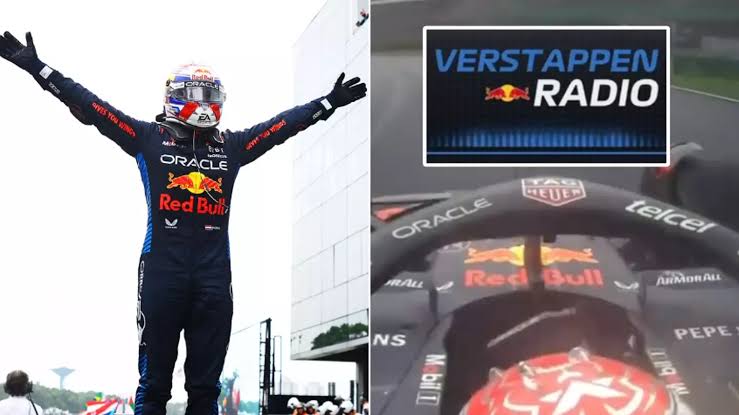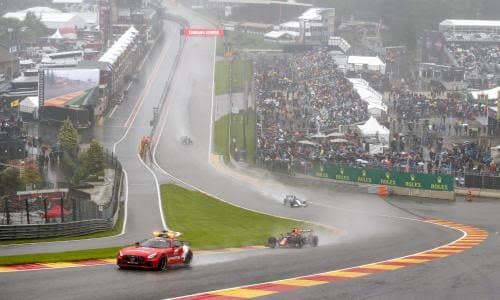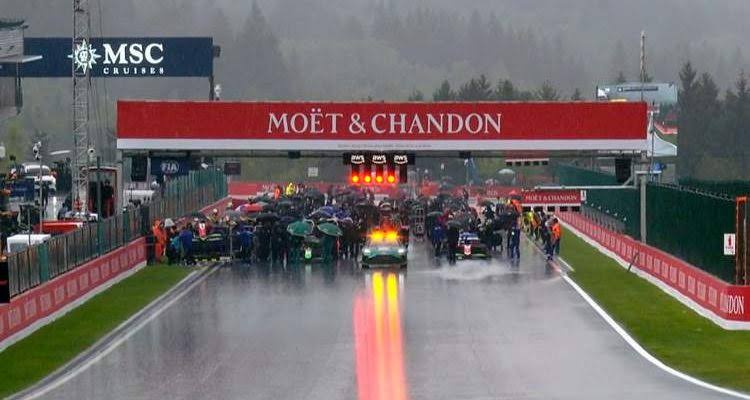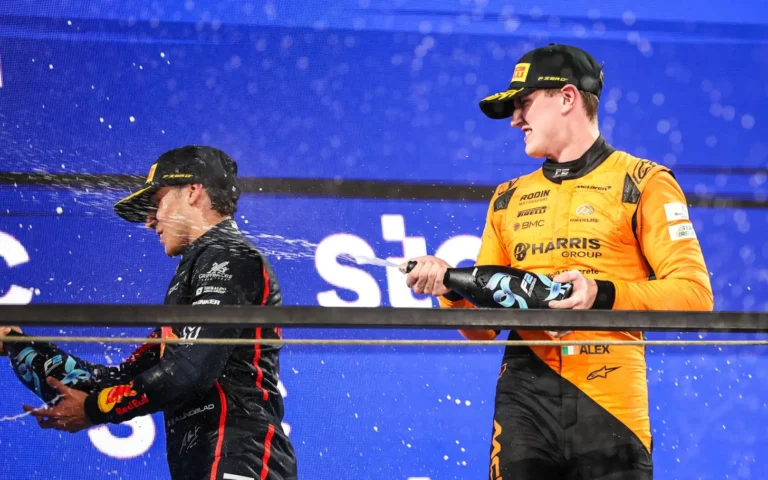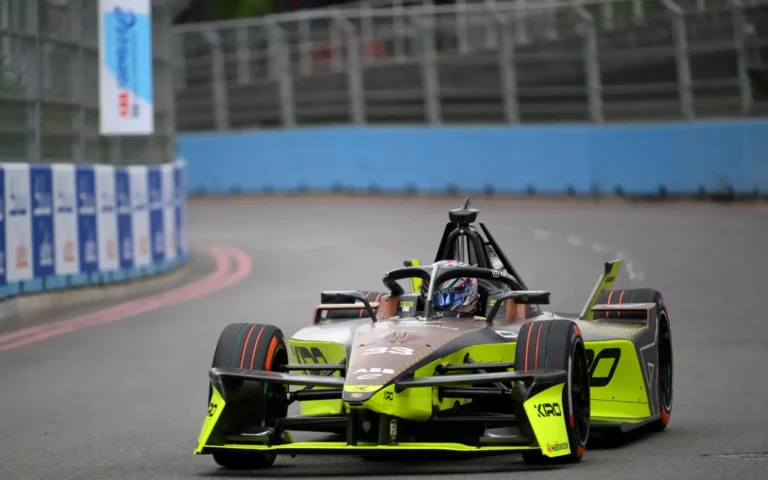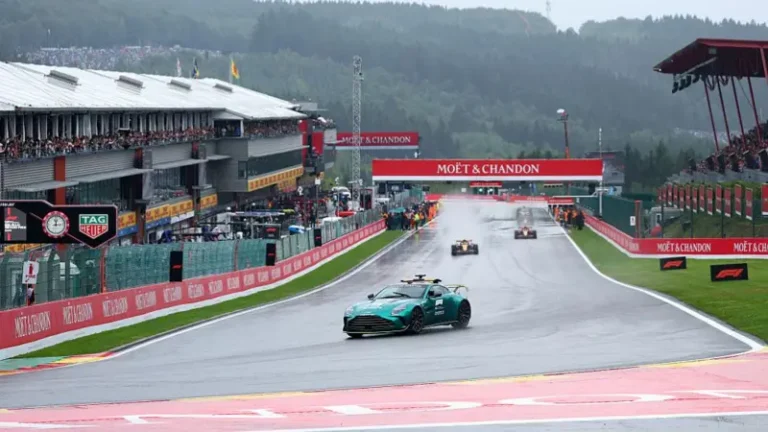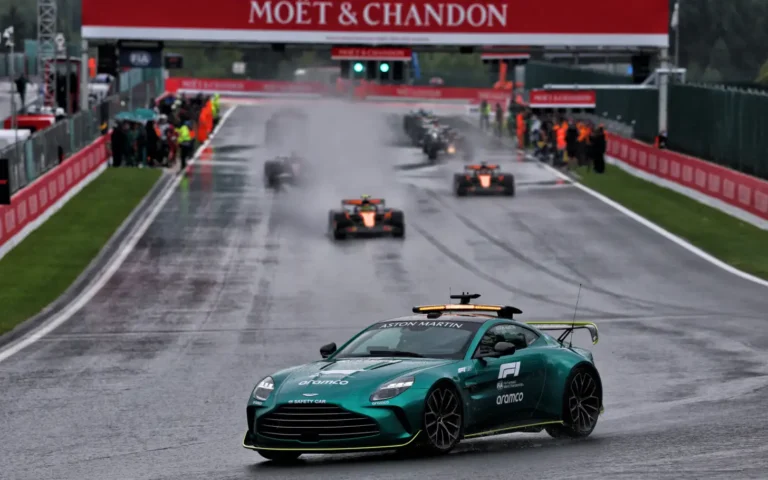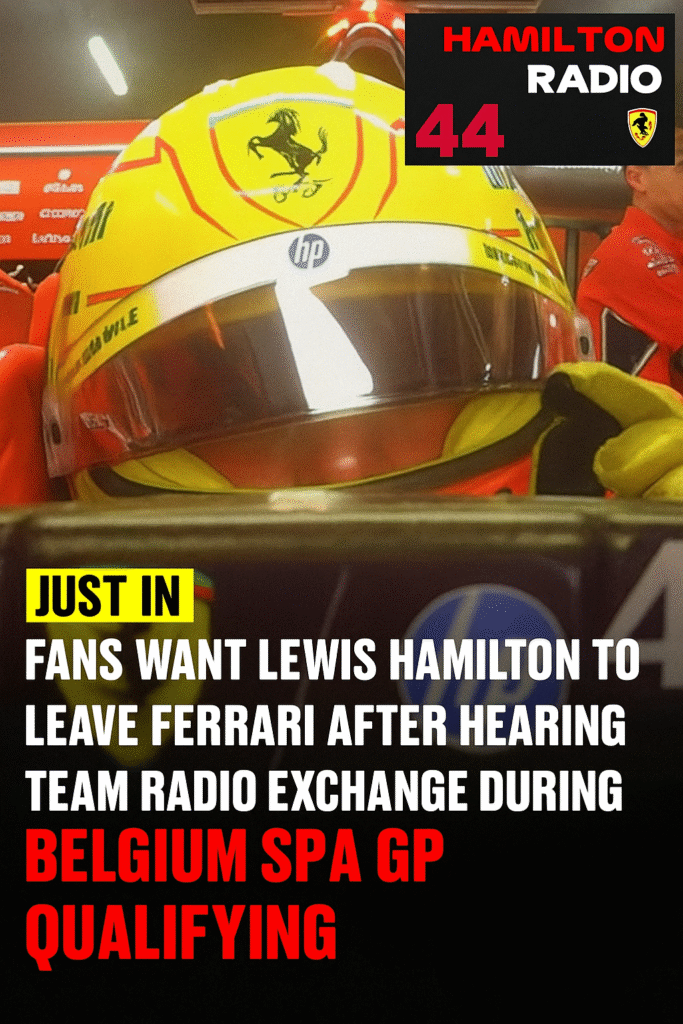
As the Belgian Grand Prix weekend ignites at Spa-Francorchamps, tensions surrounding Lewis Hamilton’s partnership with Ferrari remain a dominant narrative. The storm stems from the fallout at Silverstone, where a fraught team radio exchange laid bare Ferrari’s strategic shortcomings. With Q1 winding down, Hamilton urgently queried whether another lap was possible, only to be met with a blunt denial due to insufficient fuel. His stunned response, laced with disbelief, underscored a mounting disconnect between driver and pit wall—a moment that ricocheted across social media and inflamed fan criticism of Ferrari’s decision-making prowess.
The backlash was swift and severe. Ferrari, already under scrutiny for tactical blunders earlier this season, faced an avalanche of online condemnation. Many fans argued that the Scuderia’s inability to capitalize on Hamilton’s experience amounts to sabotage of his twilight bid for an eighth crown. Hashtags demanding Hamilton’s exit from Maranello trended globally, with pundits labeling Ferrari’s operational discipline as amateurish and ill-suited for a team chasing championship glory. The British icon, revered for his clinical racecraft, now finds his narrative framed as a tragic mismatch of ambition and execution.
This discord didn’t erupt overnight. It echoes a pattern of strategic friction dating back to Austria, where Hamilton’s push for a bold one-stop gamble was rebuffed by Ferrari strategists. Although Hamilton later conceded their call may have been justified, the tension exposed a deeper philosophical rift—between a driver wired for instinctive risk and an outfit seemingly paralyzed by procedural caution. Layer onto this the SF-25’s chronic ailments—instability under braking, capricious balance shifts, and heat-sensitive tires—and the chasm between expectation and reality yawns ever wider.
Away from the cockpit, Ferrari has doubled down on optics to soften the narrative. Hamilton fronted an opulent Ferrari-Peroni gala in London pre-Silverstone, basking in red-carpet glitz while fans toasted his Italian chapter with bespoke plant-based menus and curated exhibits. Yet such curated glamor jars with the turbulence at trackside, where Ferrari’s inability to harmonize speed with strategy is fast eroding the goodwill these spectacles aim to cultivate. For all its marketing majesty, the Scuderia risks squandering the cachet of F1’s most bankable star.
And yet, Hamilton refuses to wilt. His Silverstone heroics—a precision lap vaulting him into Q3 against the odds—offered a flash of defiance, proof that his edge endures even when mired in operational chaos. As Spa beckons, Hamilton shoulders a dual mandate: tame Ferrari’s volatility and claw relevance from a season teetering toward mediocrity. Fans clamor for clarity—will Hamilton persist with a project veering perilously off-script, or will Spa’s undulating asphalt script the opening chapter of an inevitable rupture? Whatever the answer, the Ardennes promises more than racing—it promises reckoning.
